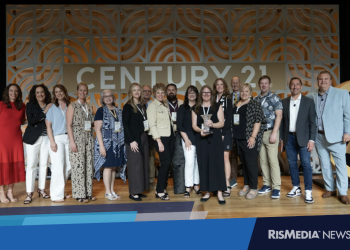(TNS)—Having a best friend at work is good for you, your friend and your work, according to a study by O.C. Tanner, a global employee recognition consulting firm.
It’s the first time the company has attempted to measure what Gary Beckstrand, a vice president there, calls “social well-being.”
Wellness programs tend to be about the physical, he says. Weight loss. Quiting smoking. Exercise.
But what about the social comfort and confidence of having a work buddy who wants to hear about your weekend or will support you in a tough time?
“We used to think that people standing around the proverbial water cooler was a bad thing. Now, it’s like, no, how do you foster more opportunities to connect?” Beckstrand says.
That’s because the study, which surveyed more than 2,300 workers in five countries, found that 72 percent of those who said they have a best friend at work were happy with their jobs and 75 percent with besties reported feeling confident in taking on challenges.
Those without close friends in the workplace were much less likely to feel that way.
Beckstrand was particularly struck by the generational difference in friendship patterns.
About half of surveyed millennials — those born between 1980 and 1995 — said they have a best workplace buddy.
“People my age,” the 55-year old Beckstrand says, “compartmentalize work life and life outside work. I think with millennials, it’s blurred. Their work is their life, and their life is their work.”
The implications of that may go against conventional wisdom of work-life balance.
“More of one doesn’t mean less of another,” Beckstrand says. “Millennials are teaching us that even outside of work, they talk about work in the evening, or on the weekend, or when they’re hiking.”
Companies like Google have tapped into the social benefit by creating fun spaces for young professionals to congregate and share ideas.
That’s not to say that every company needs an omelet bar or a foosball table, Beckstrand cautions.
It’s about “creating more watercooler opportunities,” he says, whatever that might be within the context of the company culture. Think team building exercises, work lunches, and shorter meetings.
“In the U.S., we’re still conditioned for these long meetings,” Beckstrand says. But they rarely yield innovation because the rigid setting isn’t conducive for spitballing ideas.
That’s the kind of thing you feel more comfortable doing with a friend.
©2016 Pittsburgh Post-Gazette
Distributed by Tribune Content Agency, LLC.











